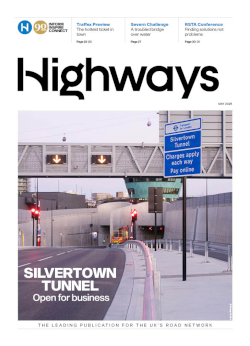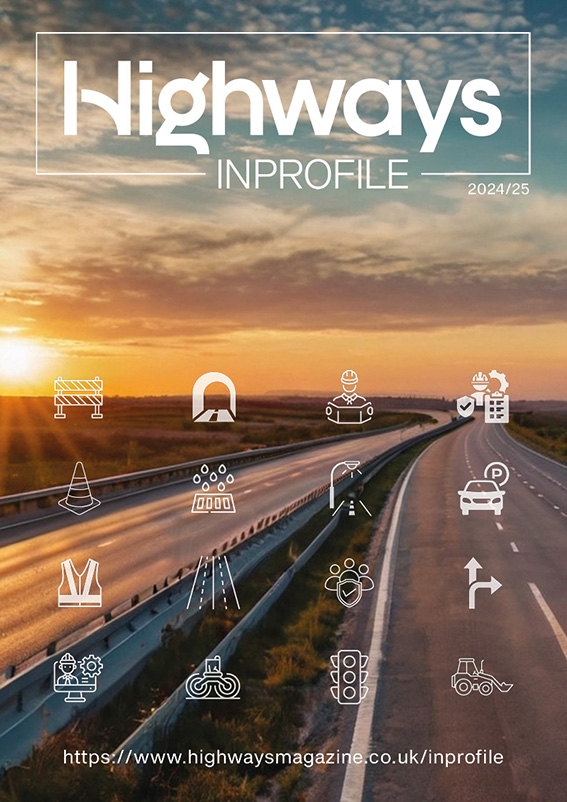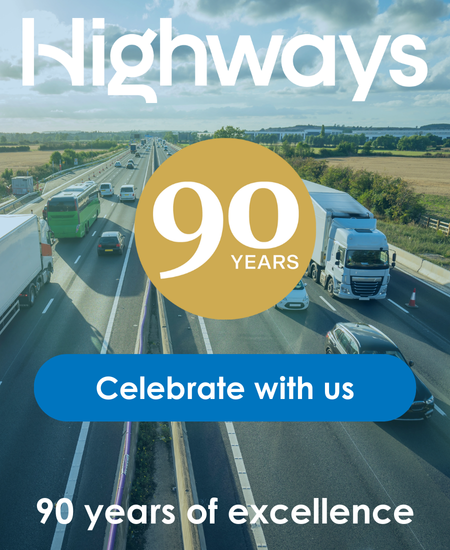The Institution of Engineering and Technology (IET) document, Automated Vehicles: Cross-modal Learning in Autonomy, highlights what it says is the need for different industries and transport modes to learn from each other by developing a common approach to software standards, skills development and regulation.
Without this transfer of learning the wider use of autonomy in transport will not be realised and wide-ranging opportunities across road, rail, aerospace and maritime will be missed.
Autonomy is already common in rail, marine and air transport - for example, autopilot is widely used in aircraft and maritime and London's DLR and Victoria line are both autonomous. The report is calling for this existing intelligence to be shared more effectively between modes.
Other recommendations in the report include:
- An information campaign to build public confidence in autonomous transport by explaining that it already plays a major part in the UK transport system
- In-depth research to understand the behavioural and societal implications of autonomous transport.
Sahar Danesh from the Institution of Engineering and Technology, said, 'We are already seeing from driverless car trials that we can significantly improve safety is in autonomy. Coupled with this, sectors such as rail and marine, have been running with a degree of autonomy for a number of years and it is vital that we share this best practice so that we can start to realise the benefits of autonomy more quickly. These include improved safety, reduced congestion and better mobility, particularly for older drivers.
'Currently, individual transport modes are carrying our research in isolation, which is preventing them from learning from the best practice already available in other transport modes. We must improve the learning transfer between different transport modes so that the potential societal benefits can be realised as soon as possible.'





